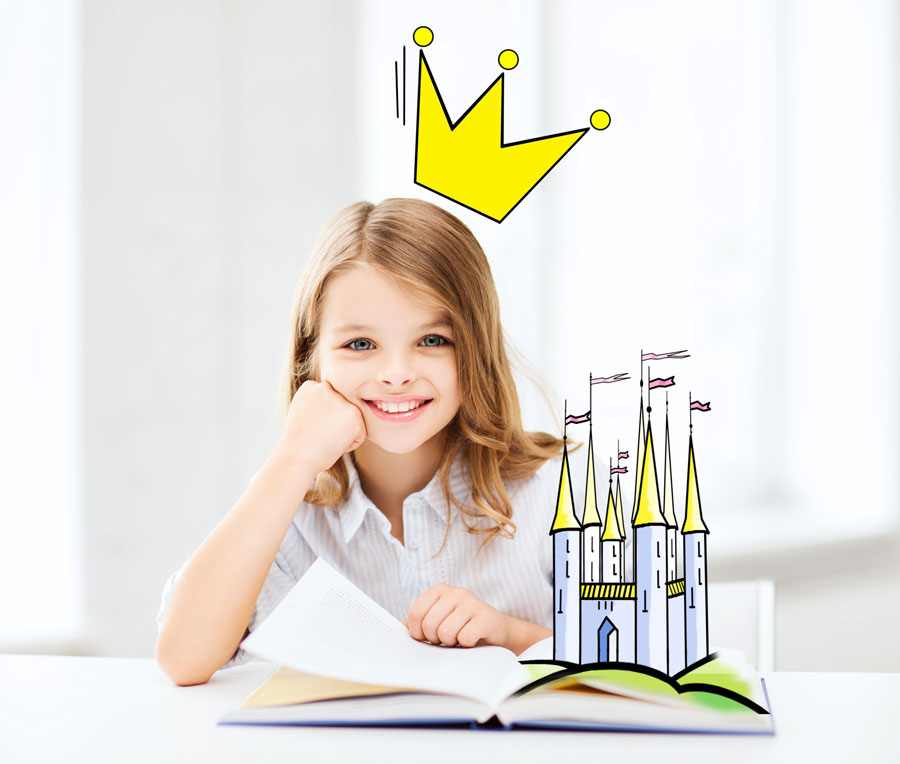“Mom, can we read this one?” my daughter asks as she holds up her current favorite book. I sigh.
“That one? Really? We just read that one this afternoon at naptime,” I reply. And at bedtime and naptime the day before that and the day before that, I think to myself. “Wouldn’t you like to read another story? Any other story? Please? How about this one? We haven’t read this one in a while.” I hold up last month’s favorite hoping to sway her choice.
“No, I want this one,” she insists. And so I begrudgingly give in. Not because I am a push-over. And not because it is bedtime and it is already late and we’re only on step 2 of the 19 step process that is the bedtime routine. But because, despite the fact that I may be bored reading the same picture book over and over again, my 3 year old is learning valuable pre-reading skills by listening to the same story more than once. She is learning critical skills that will turn her into an active reader, rather than a passive listener as she grows up.
What skills and benefits am I talking about?
Understanding Basic Story Plotlines
Listening to a story repeatedly can help her focus on the actual events of the story, rather than just looking at the pictures. Listening to the story can help her match what is happening in the story with what is illustrated on the page. Sometimes the illustrations match, but other times there may be subtle discrepancies that she notices because she’s familiar with the story’s plot.
Increased Vocabulary
She is also repeatedly exposed to new, more difficult vocabulary in context that is age and interest appropriate. I find myself surprised at how often I hear her repeat a line or use a word that she has heard and learned from a book and use it correctly!
Fondness for Characters
Characters can become like friends. It is fun to have favorite characters and my young listener/soon-to-be-reader can learn a lot from her new character friends and the choices they makes, the consequences that follow, and the lessons they learn.
An Opportunity to Ask Questions
I can now ask her basic reading comprehension questions, such as “Who is this story about?” or “What was the problem in the story?” which she is able to answer. I can also start asking her questions that go beyond the text, such as “Why do you think this happened in the story” or “How would you feel if that happened to you?”
An Opportunity to Imitate Reading
Frequently after finishing a story, my daughter will reach for the book and say, “Now I will read it to you.” She then takes the book and “reads” each page, either reciting a few lines that she has memorized or making up her words based on the pictures. In either case, she is demonstrating engagement and enjoyment of reading which makes my book-loving heart very happy.

So, if your house is like mine and your child asks to read the same book for the gazillionth time, just know that while you may be able to recite the whole thing in your sleep, your child will go to bed with sweet, story-filled dreams.



 Emily Waisanen
Emily Waisanen 